I’m just back from a wonderful tour of Uruguay, where I spent ten days on farms and at multiple speaking events. This is my favorite part of my job. It’s fun for me to travel to new countries and meet livestock producers, speak to policymakers, and have conversations with like-minded people who are concerned about the anti-meat narrative.
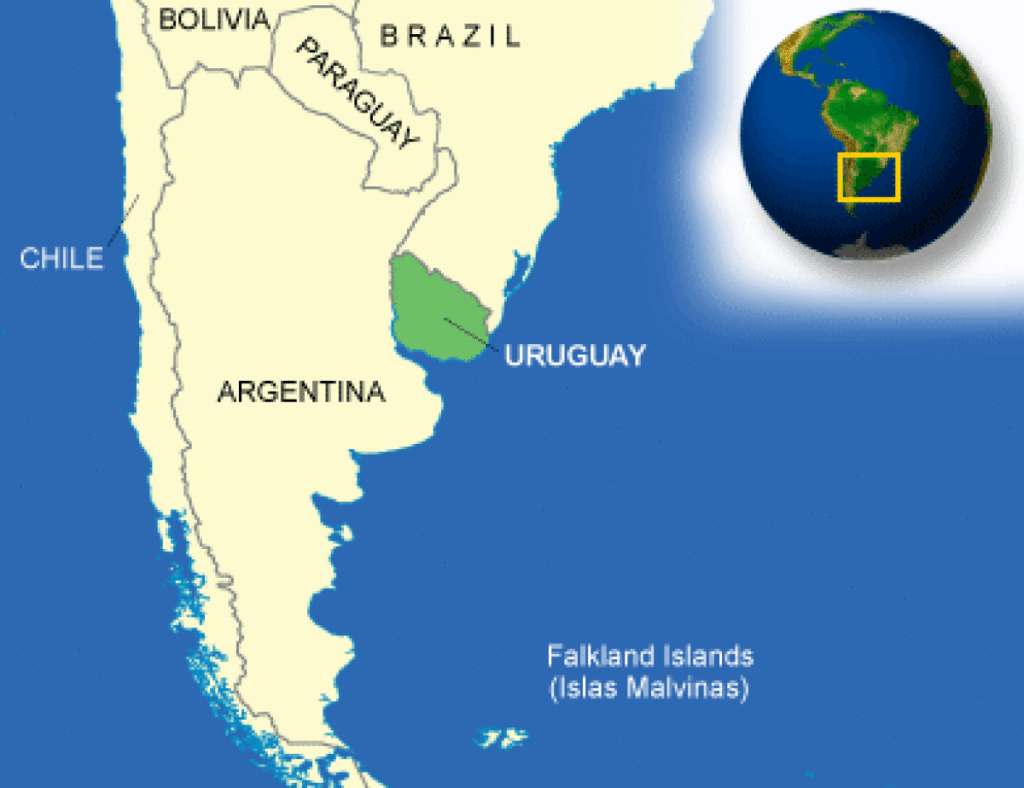
Getting to Uruguay from the states is not very easy, but it’s well worth it. With a population of about 3.5 million people, it’s relatively unpopulated, with a surface area of 176,000 sq km (about ¼ the size of Texas). Uruguay has a literacy rate of 99% and their energy is 92% renewable. It has a very stable economy, a high “human development index”, about equivalent to Argentina and Chile. Compared to other countries in South America, Uruguay ranks #1 in the following indexes: democracy, rule of law, civil liberties, low corruption, social mobility, and e-government development. Uruguay is 100% natural grasslands, which are called the “Pampa Biome”, hosting a wide diversity of native flora and fauna. Irrigated fields are rare. 84% of their beef is grazed on natural pastures, which are also mixed with native forests and streams. In short, it’s an ideal place for sustainable beef production, of which, 85% are exported to other countries, with China making up the largest consumer of their beef.
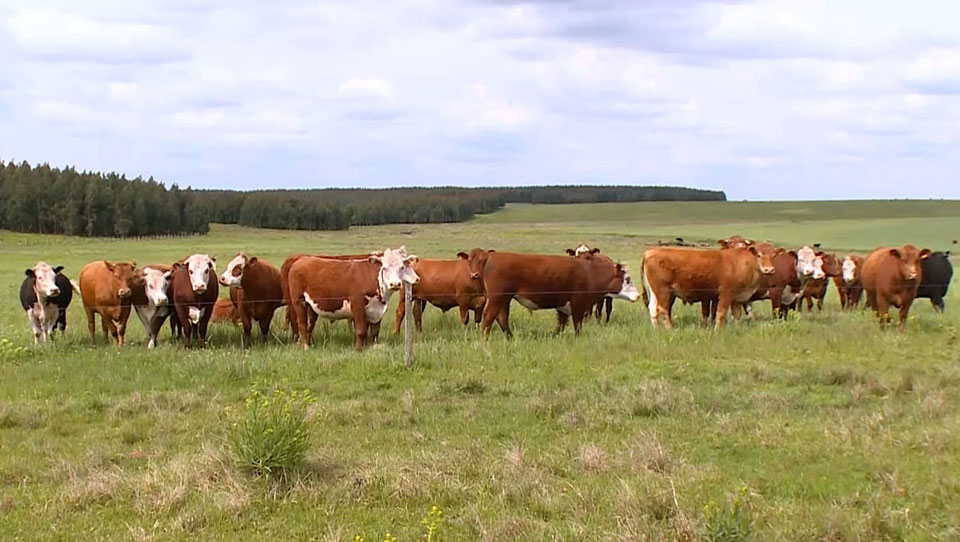
Their main breeds of cattle are Hereford, followed by Angus. I visited a Hereford ranch that was selectively breeding cattle to be more efficient at gaining weight, which will help them achieve their climate pledge to reduce emissions by 30% by 2030. I also visited a ranch that was able to increase the pregnancy rate by downsizing their herd, allowing for more pasture per animal and simultaneously increases biodiversity. However, in addition to selective breeding, they are moving more towards feedlot finishing to cut emissions. This is a similar story to what I saw when I visited Brazil. Feedlot finishing in the US is less expensive because the cost of grain is cheap, but in most other countries, grain is relatively more expensive than simply finishing animals on natural pastures. Yet another result of “carbon tunnel vision”. Finishing cattle on feedlots reduces emissions, but the tradeoffs are higher energy consumption, more soil erosion, and increased pesticides in the environment.
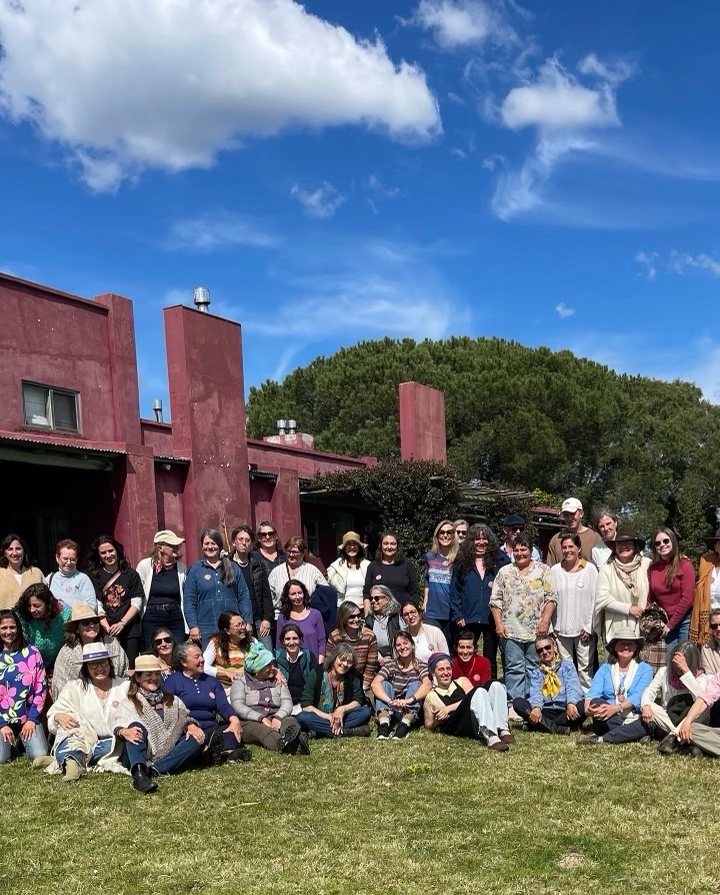
About half of my 10-day trip was spent on ranches, primarily staying at Valle Sole, a regenerative ranch purchased by his wife, Magdalena Urioste. Magdalena runs a a group of female regenerative ranchers called Pampeanas Regenerativas Orientales. I was the guest of honor at their 3-day workshop, which they hold twice a year, and was attended by about 40 women. We toured ranches in the sierras, which are recovering from a recent and severe drought. I learned that some ranchers only make about $30 per hectare with grass-fed beef, while their land is worth about $7,000/ha on the market. If they were to plant soy, they could make about $500/ha, or rent it to someone for $150/ha to plow and plant soy or convert to a mono crop of non-native eucalyptus trees. The dedication and passion of this group was inspiring.
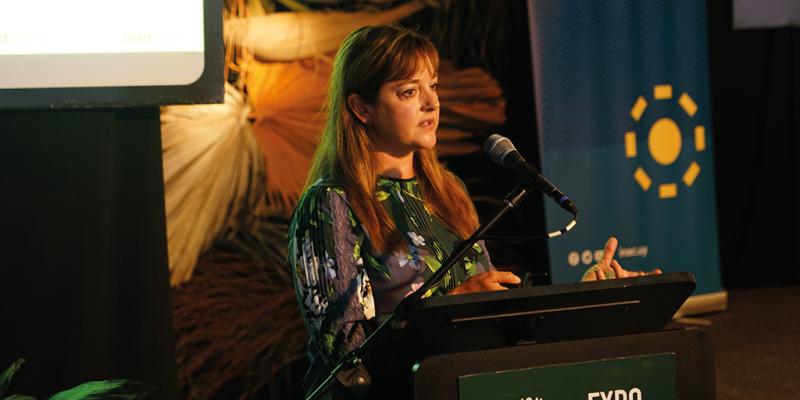
The second part of my trip began with a presentation at Expo Prado, which is their main agricultural fair. I spoke about the global anti-meat narrative and offered my thoughts on how Uruguay can position itself as one of the most sustainable beef producing countries. The tent was standing room only, and the crowd was incredibly supportive and enthusiastic to hear me speak. If you’d like to watch my talk, you can see it here in English, and here in Spanish.

I conducted two more presentations while I stayed in Montevideo, the capital of Uruguay including Parliament, to urge policymakers to resist “carbon tunnel vision” and to consider meat as a critical piece in combating malnutrition. Although Uruguay has the highest meat consumption per capita of any country, they are also battling both undernutrition and obesity. Not surprisingly, this is due to an increasing consumption of western ultra-processed foods, and in particular, soda consumption. Coke and other sugary beverage consumption is up about 145% in Uruguay. Their traditional diet is full of homemade, healthy dishes that feature meat, but as the population adopts more ultra-processed foods, I expect the obesity and type-2 diabetes rates to rise accordingly. At the same time, iron deficiency is quite prevalent among women and children. Because of this, I made some recommendations for public policy regarding pregnant women and infants, which I hope to continue helping to develop.
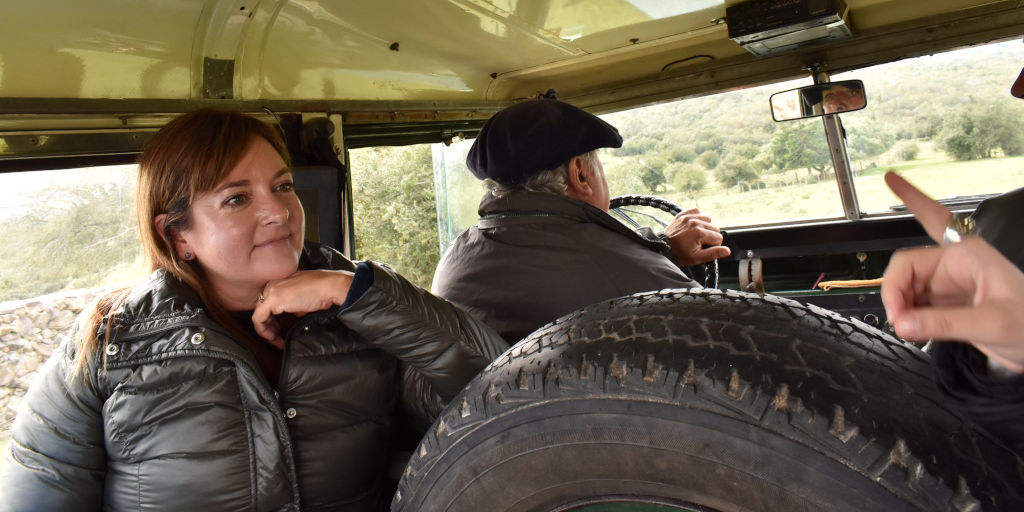
Overall, I found Uruguay to be a very special place, and I really connected with the smart, humble and passionate people I met. I want to thank INAC for sponsoring my trip. I look forward to returning!


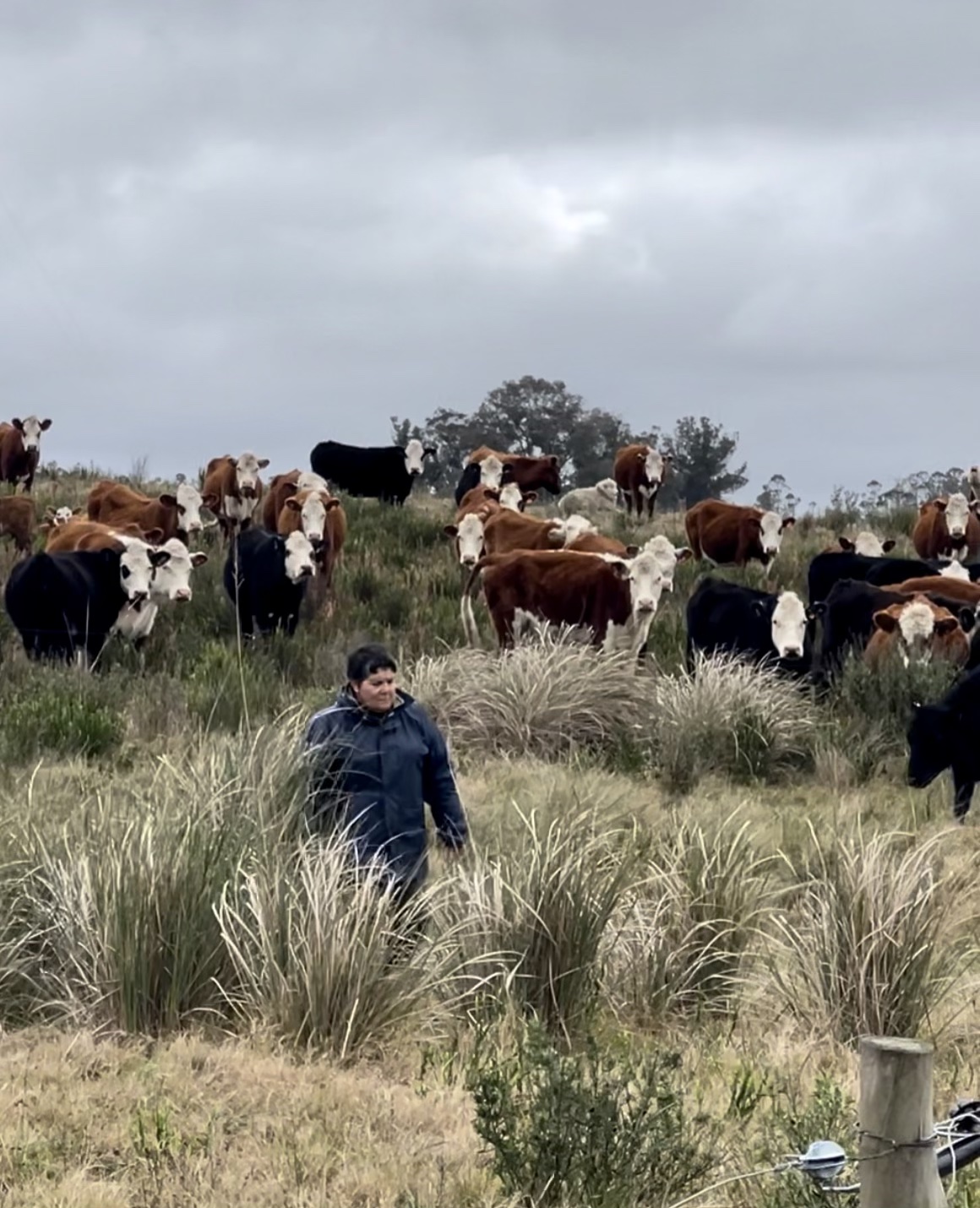






3 thoughts on “Celebrating Sustainable Livestock Production in Uruguay”
Great reading thank you. I wondered what form the renewable energy systems are?
Feedlots less emissions ? Thats a total contradiction feedlots use way more fossil fuels
to operate than a grassfed operation and also are very unhealthy for the cattle and those that eat them. grains create a highly acidic environment in both the cattle and those that eat them . An acidic environment creates many health problems
That’s not true, please read my book, Sacred Cow. I’m not endorsing feedlots necessarily here, but you have to realize that grass-finished cattle live longer, therefor they emit more methane. Again, I am not saying this is the right way to measure their environmental impact.